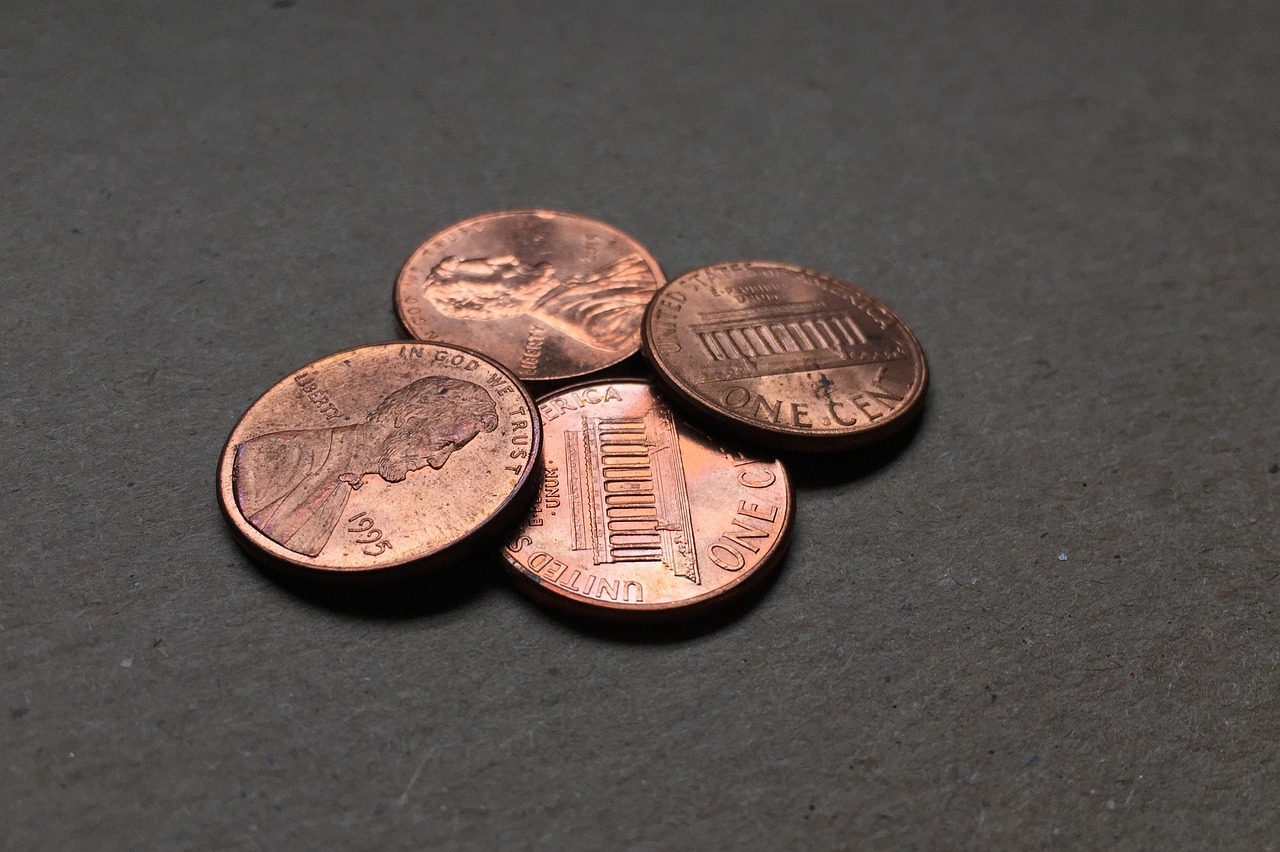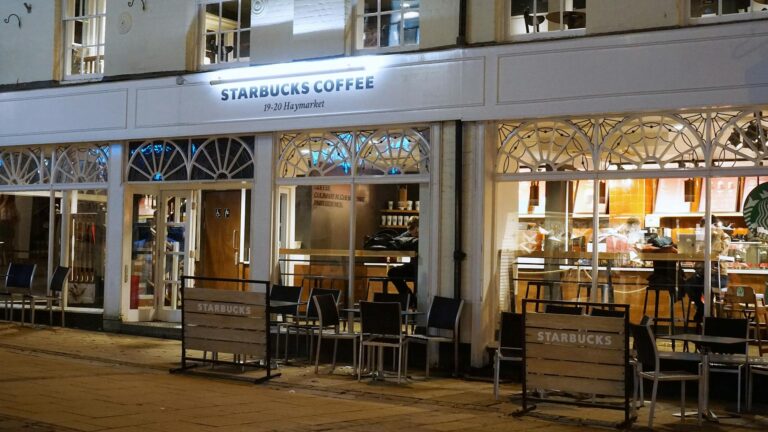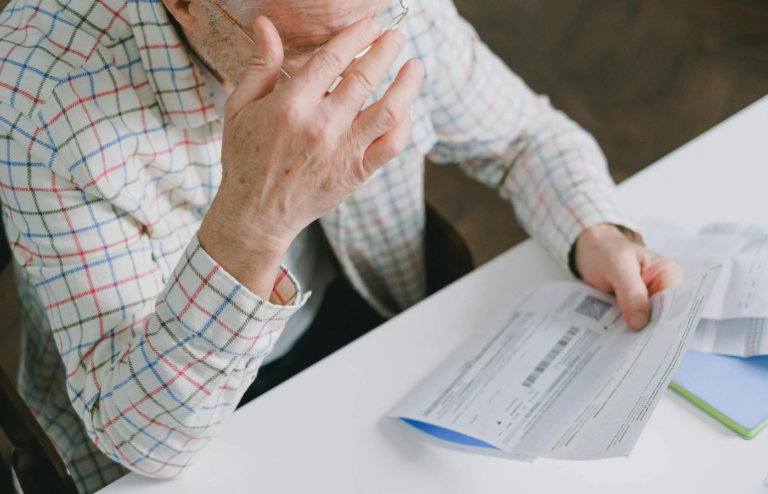I always thought I had a general idea of where my money went. Rent, groceries, the occasional splurge on something fun. You know — normal expenses. But after seeing yet another paycheck disappear into the abyss, I decided it was time to take control. No more shrugging at my bank account. No more wondering where my money was going. I needed to get my spending back in order.
For the next three months, I tracked every single penny I spent. Every $6 coffee. Every impulse Target run. Every sneaky little Uber ride when I swore I was going to just walk. And let me tell you—what I discovered was both eye-opening and mildly horrifying.
The First Week: The Denial Phase
At first, I was weirdly excited about my new money-tracking experiment. I downloaded a budget app, created categories, and promised myself that this time I was going to be super responsible.
Day one: spent $12 at Starbucks. Oof. Not a great start.
Day two: forgot my lunch and spent $18 on a salad. Ok, but I needed to eat, right?
Day three: a “quick” Target run turned into a $74 receipt for candles, a cute notebook, and a throw pillow I absolutely didn’t need.
By the end of the week, I had already spent more than I thought I would. The most shocking part? None of it felt unreasonable at the time. In my head, I wasn’t throwing money away — I was just living my life. But seeing every transaction in cold, hard numbers? Yeah, that was a wake-up call.
Read More: The 10 Most Underrated Ways to Save Money That No One Talks About
Month One: The “Wait, I Spend HOW Much on Food?” Realization
If there was one category that completely shattered me, it was food.
Groceries? $350.
Takeout? Another $200.
Casual coffees and “quick snacks”? $150.
Yep — in one month.
I wasn’t even eating fancy meals! Just a mix of grocery runs, last-minute takeout, and my apparent addiction to overpriced iced lattes. I always assumed cooking at home would save me money, but somehow, I was still spending a ridiculous amount on food.
The worst part? Half of my grocery runs were unplanned. I’d go in for “a few things” and leave with a $70 bill because ooh, cheese is on sale! and I definitely need this fancy pasta sauce. Spoiler alert — I didn’t!
Month Two: The Subscription Graveyard
By month two, I was feeling more in control — until I did a deep dive into my subscriptions.
Netflix. Spotify. Amazon Prime. A meditation app I forgot about. A random $5-a-month cloud storage plan from 2018. A very unnecessary fashion rental service.
All in all, I was bleeding $85 a month on things I either didn’t use or could easily live without.
The worst offender? A $12.99-a-month “premium” horoscope app that I downloaded once and completely forgot about. Apparently, my destiny was to waste money.
Read More: 10 Signs You’re Better With Money Than You Think
Month Three: Facing the Hard Truth
By the third month, I started to see patterns.
- I justified small purchases because they “weren’t that much.” But a $5 coffee here, a $10 impulse buy there? They added up fast.
- Convenience was costing me a fortune. If I didn’t meal plan, I’d grab takeout. If I was running late, I’d Uber instead of walking. Each decision felt small, but over three months, they cost me hundreds of dollars.
- I was spending out of habit, not necessity. Half of my purchases weren’t things I truly wanted—they were just things I bought because I always had.
Tracking every penny forced me to be brutally honest about my spending. It wasn’t about cutting out all the fun stuff—it was about realizing where my money was leaking away without me even noticing.
The Changes I Made (Without Hating My Life)
After three months of financial soul-searching, I didn’t suddenly transform into a frugal minimalist. But I did make some real changes:
- I gave myself a monthly “fun money” budget. Instead of random spending, I set aside guilt-free money for things I actually cared about.
- I canceled useless subscriptions. Goodbye, horoscope app.
- I meal-prepped (a little). Nothing fancy—just enough to stop myself from panic-ordering $20 sushi at 9 PM.
- I started using cash for small purchases. If I only had $40 in cash for weekly “extras,” I thought way harder before spending it.
And the biggest change? I stopped ignoring my money. I used to check my bank account like it was a horror movie (peeking through my fingers, expecting the worst). Now, I actually know where my money is going—and that alone has made all the difference.
Read More: 10 Money Moves You’ll Probably Regret in 10 Years
Final Thoughts: Should You Track Every Penny?
Honestly? Yes. Even if just for a month. It’s uncomfortable at first, but the insight is priceless. You’ll learn where you’re overspending, what actually matters to you, and where you can cut back without feeling deprived.
Because at the end of the day, financial freedom isn’t about depriving yourself—it’s about spending with intention. And sometimes, all it takes is a few months of tracking your money to finally feel in control of it.
Oh, and if anyone catches me re-downloading that horoscope app… please stop me.






